STRATEGIC MARKETING PART 2 What is Strategic
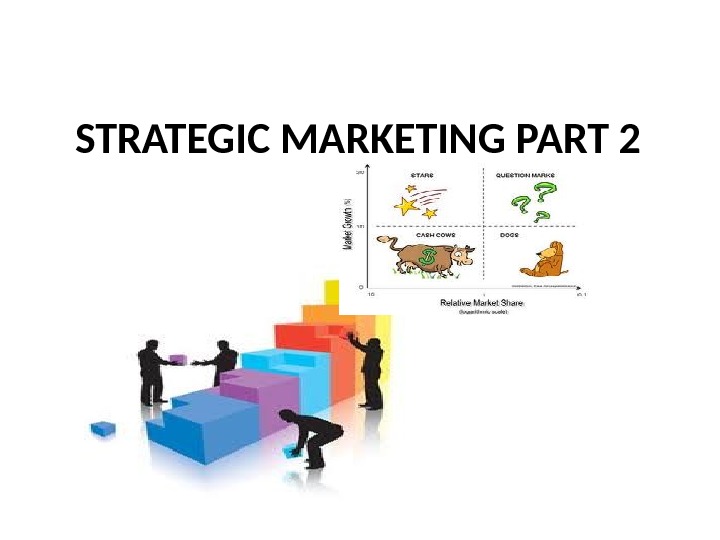
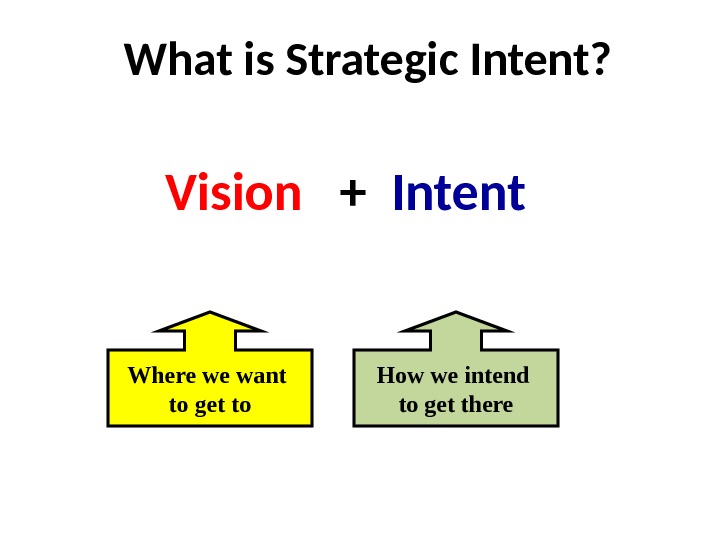
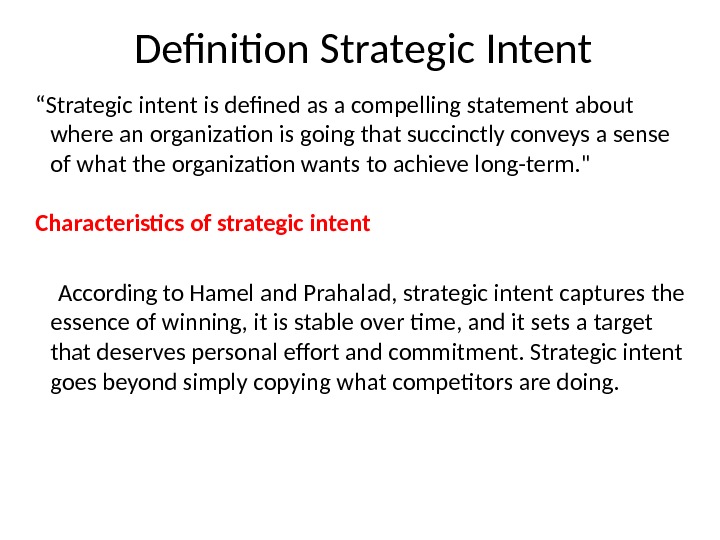





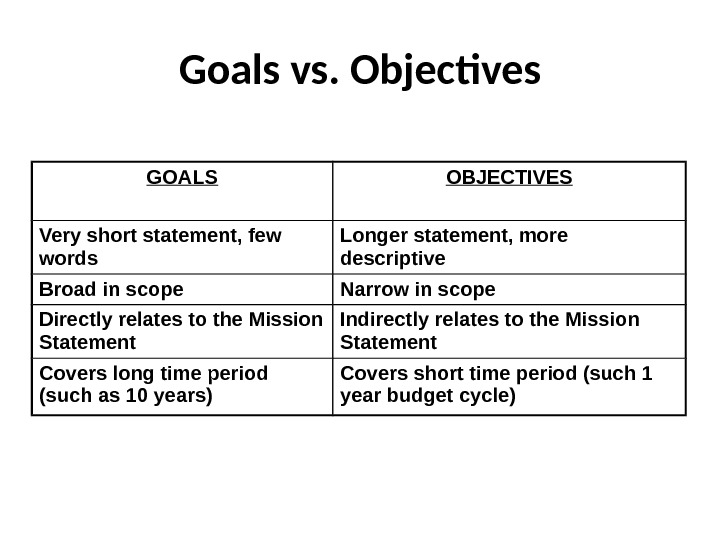
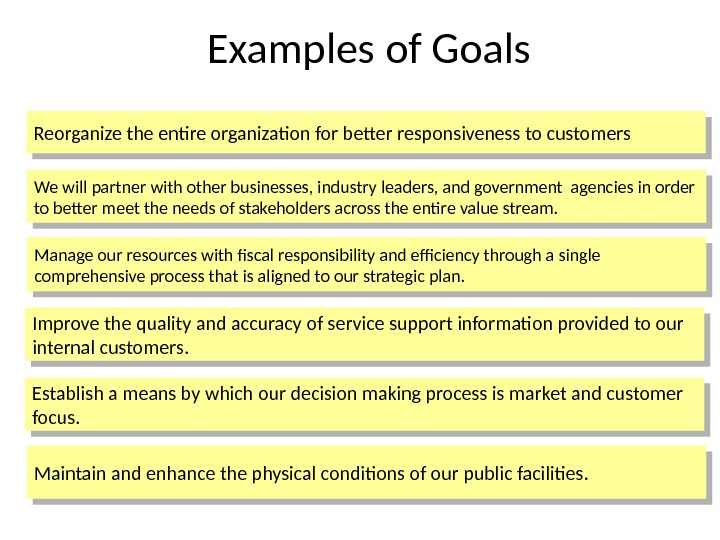
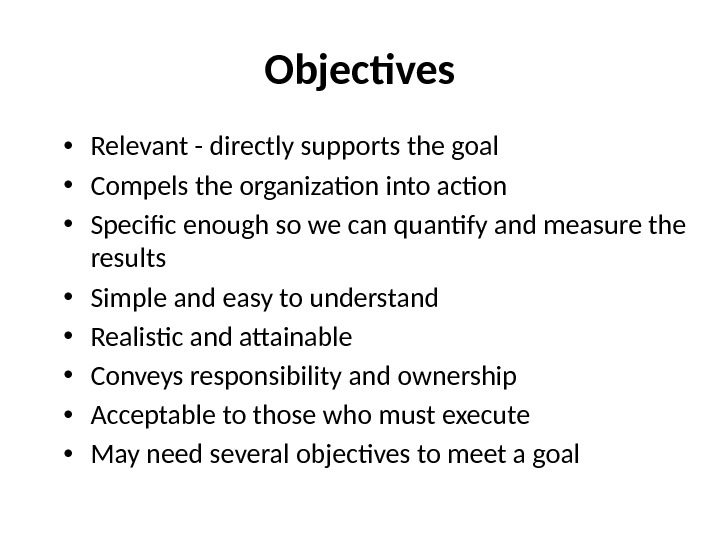
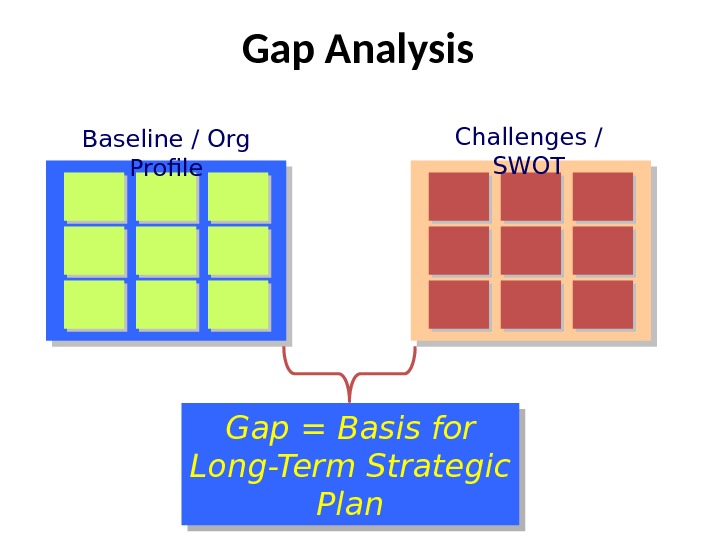



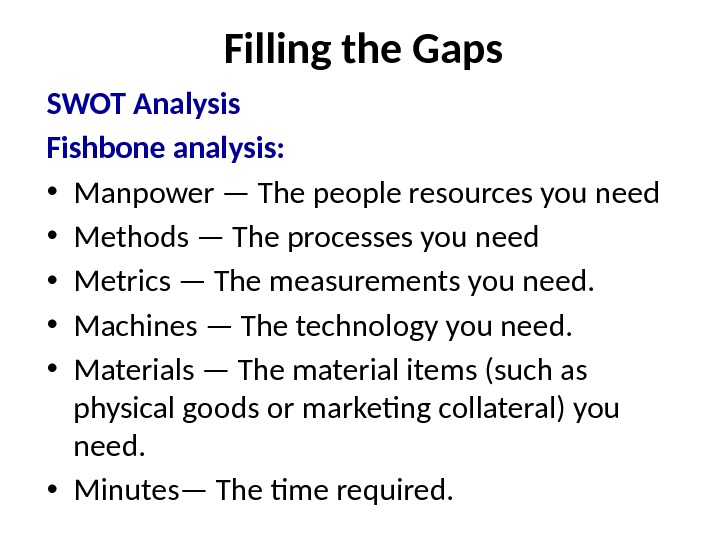
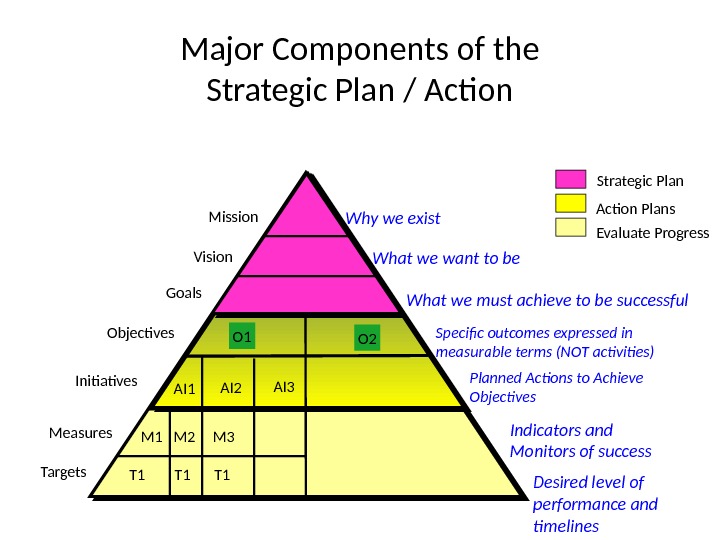



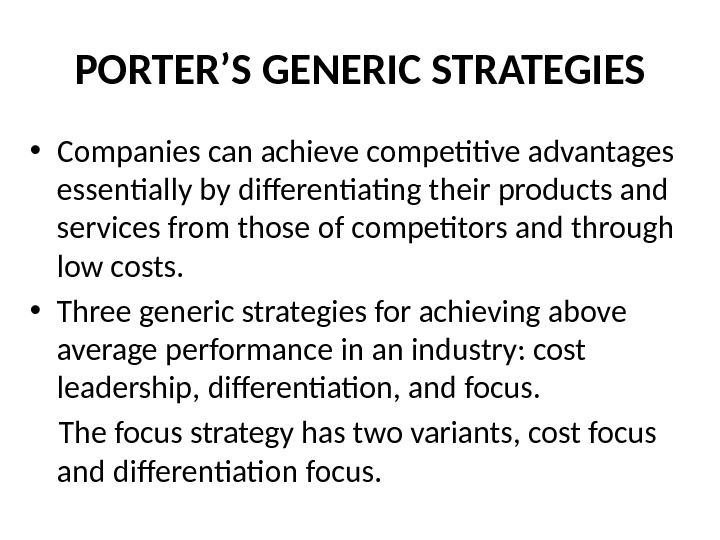
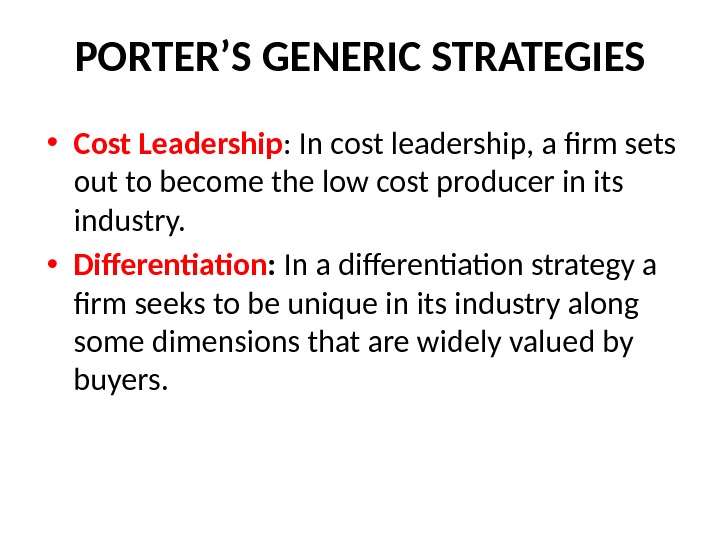



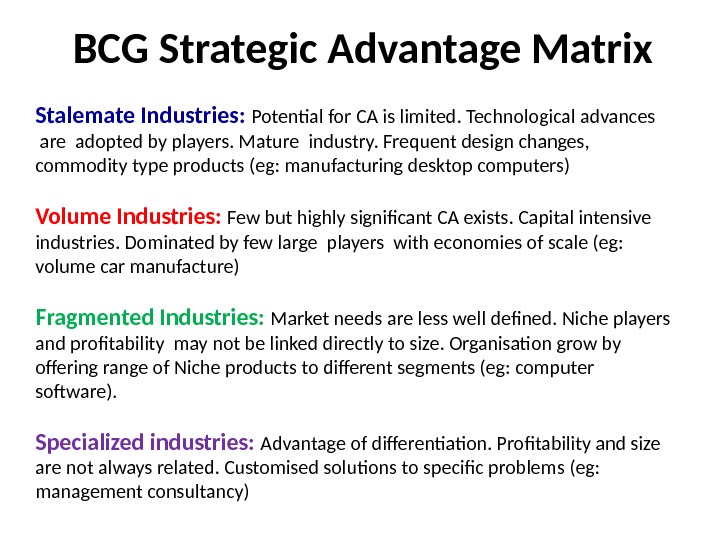
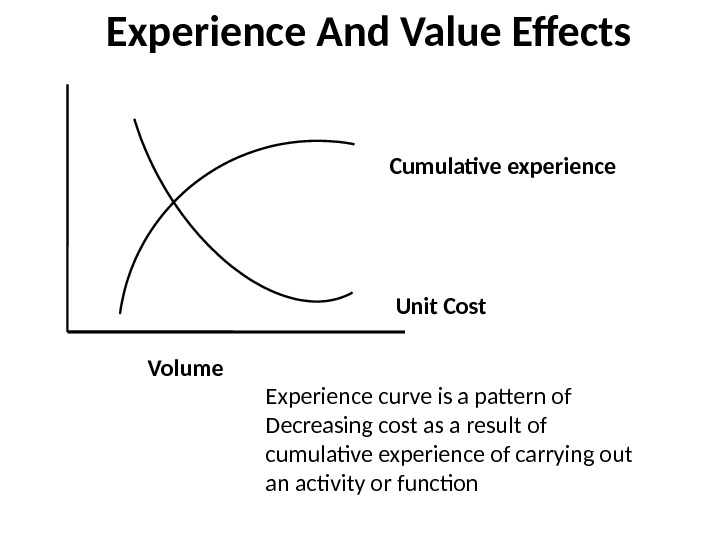
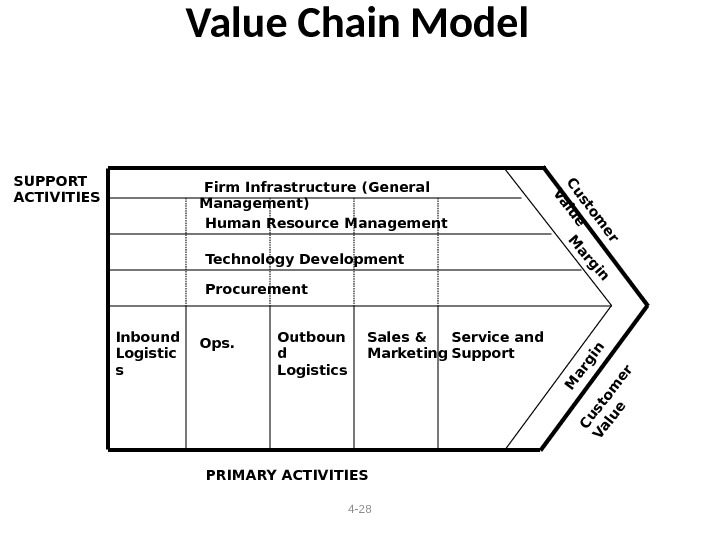
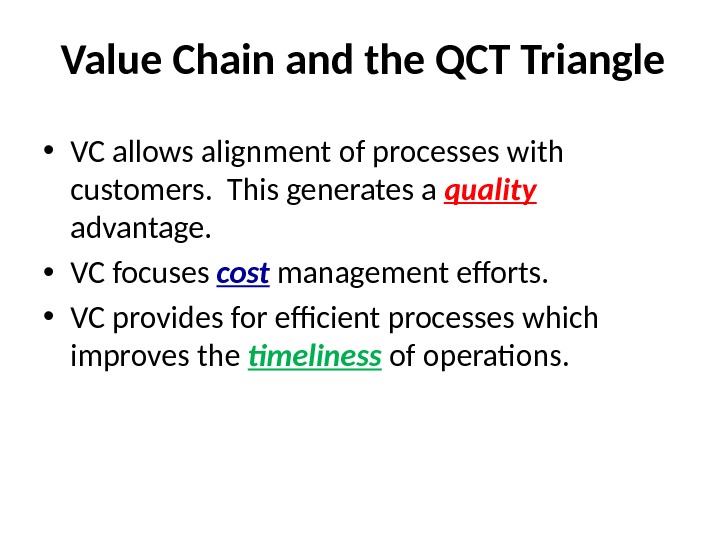

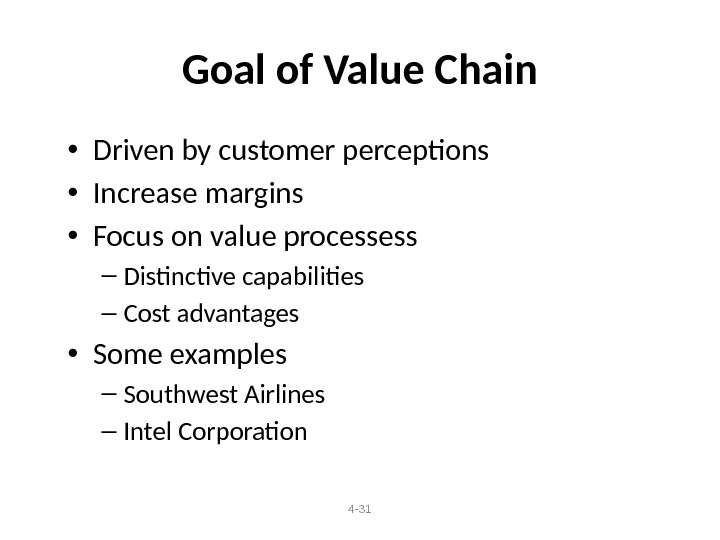
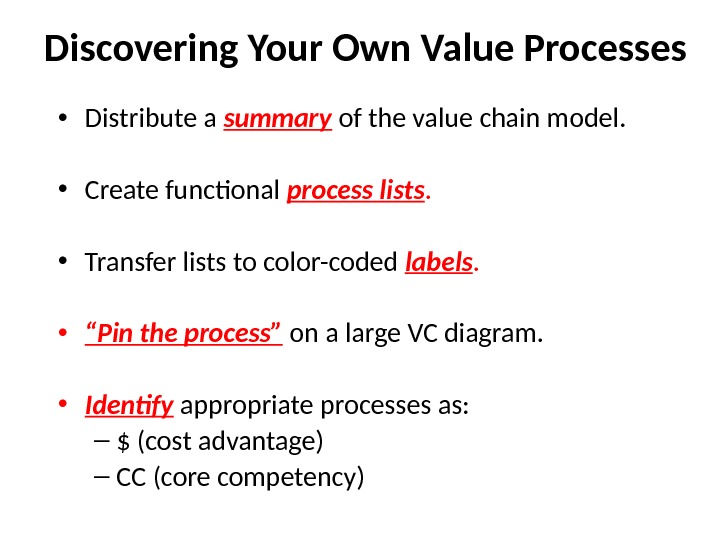
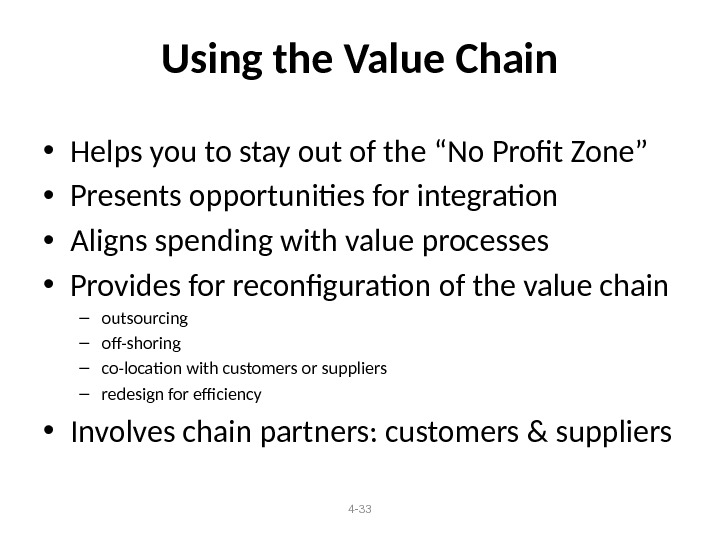


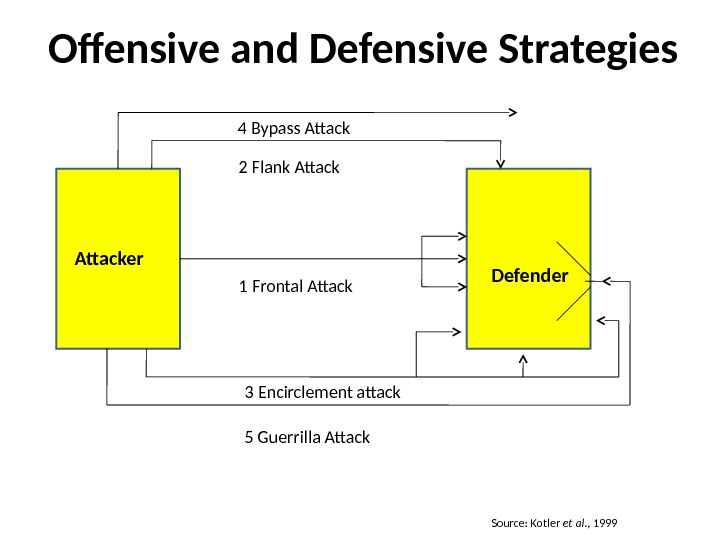
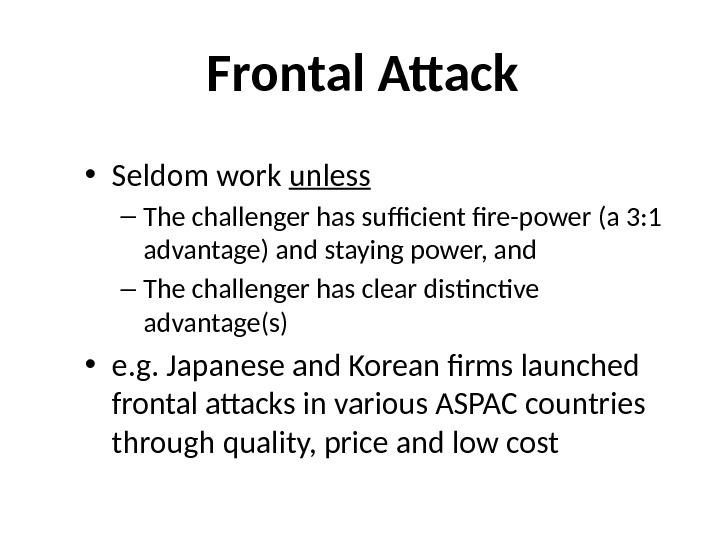
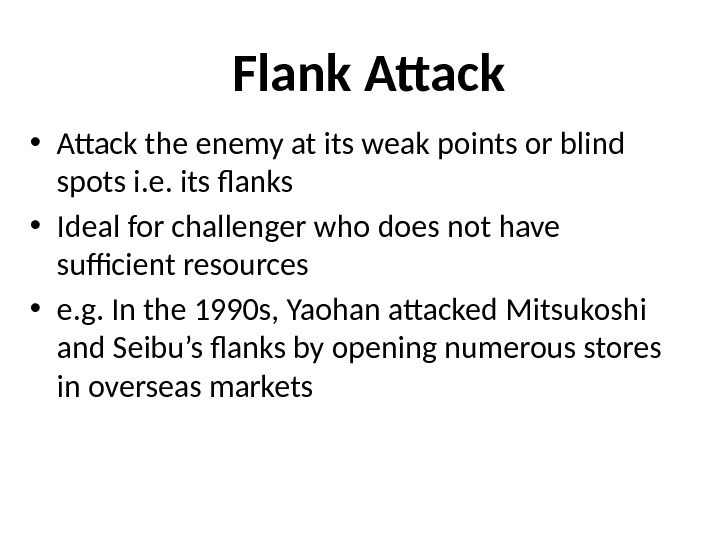

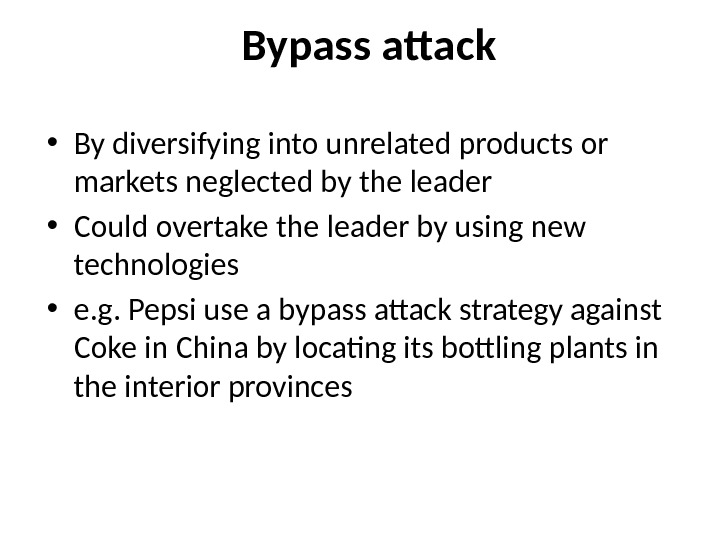

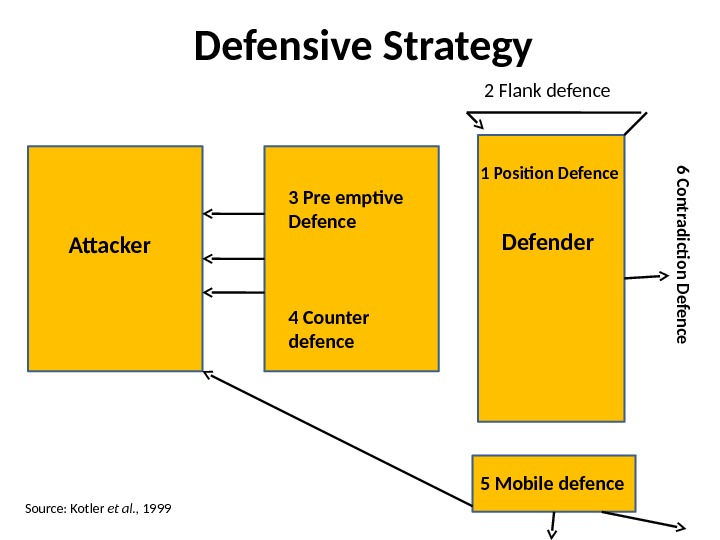


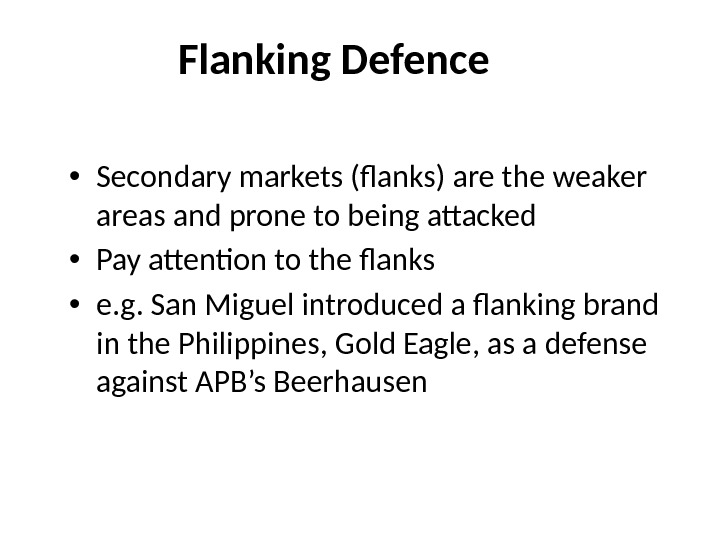
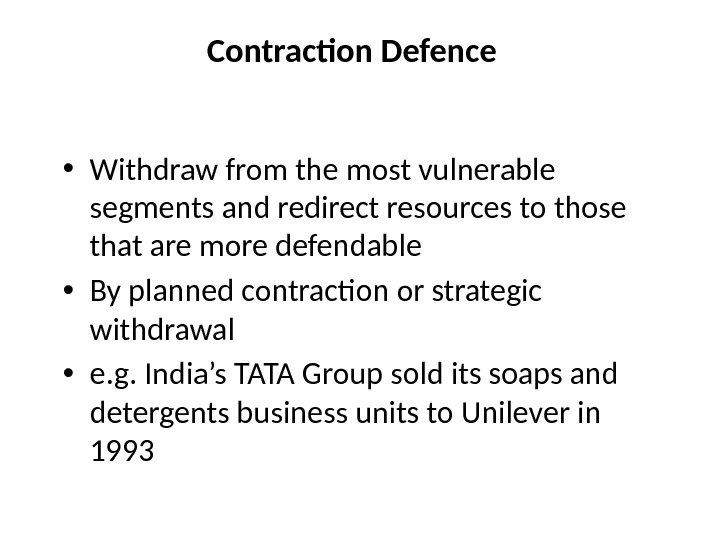
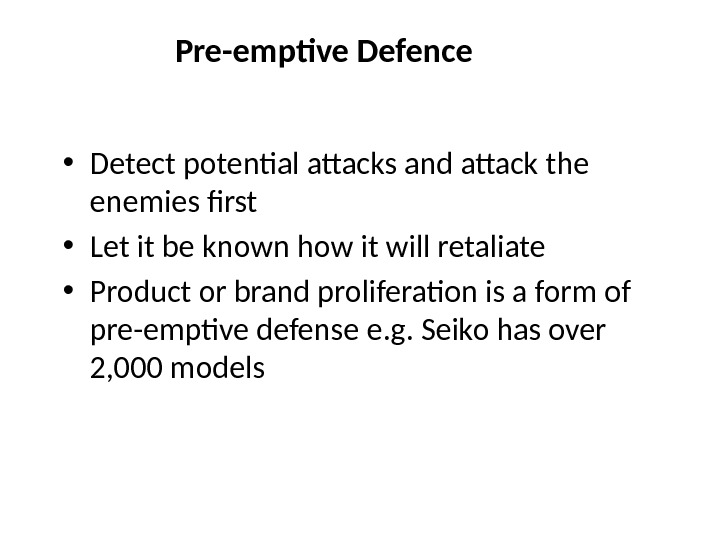
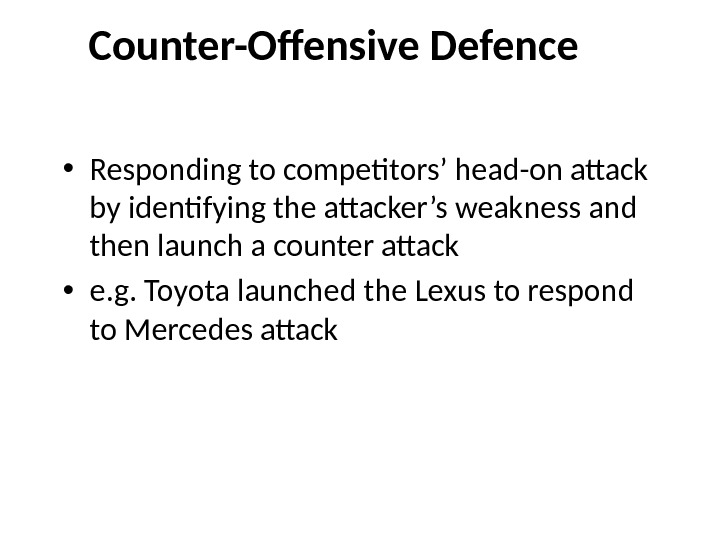

- Размер: 356.3 Кб
- Количество слайдов: 49
Описание презентации STRATEGIC MARKETING PART 2 What is Strategic по слайдам
 STRATEGIC MARKETING PART
STRATEGIC MARKETING PART
 What is Strategic Intent? Vision + Intent Where we want to get to How we intend to get there
What is Strategic Intent? Vision + Intent Where we want to get to How we intend to get there
 Definition Strategic Intent “ Strategic intent is defined as a compelling statement about where an organization is going that succinctly conveys a sense of what the organization wants to achieve long-term. » Characteristics of strategic intent According to Hamel and Prahalad, strategic intent captures the essence of winning, it is stable over time, and it sets a target that deserves personal effort and commitment. Strategic intent goes beyond simply copying what competitors are doing.
Definition Strategic Intent “ Strategic intent is defined as a compelling statement about where an organization is going that succinctly conveys a sense of what the organization wants to achieve long-term. » Characteristics of strategic intent According to Hamel and Prahalad, strategic intent captures the essence of winning, it is stable over time, and it sets a target that deserves personal effort and commitment. Strategic intent goes beyond simply copying what competitors are doing.
 How does a company foster personal effort and commitment? According to Hamel and Prahalad , top management must first create a sense of urgency and then develop a competitor focus at every level through widespread use of competitive intelligence. Leadership must also provide employees with the skills they need to work effectively and not try to pursue too many challenges at one time.
How does a company foster personal effort and commitment? According to Hamel and Prahalad , top management must first create a sense of urgency and then develop a competitor focus at every level through widespread use of competitive intelligence. Leadership must also provide employees with the skills they need to work effectively and not try to pursue too many challenges at one time.
 5 The Pyramid of Purpose The language of Strategic Intent Decision Criteria Strategic Intent Vision Mission Priorities Objectives Aims Strategic Initiatives Strategies
5 The Pyramid of Purpose The language of Strategic Intent Decision Criteria Strategic Intent Vision Mission Priorities Objectives Aims Strategic Initiatives Strategies
 Inspired guesses of the future The Strategy Formulation Process Strategic Assessment Strategic Choice. Stakeholder Groups Strategic Intent Survival Profit Growth Shareholder Value Unique for this enterprise Context History & Culture Ownership Structure Corporate Values Leadership Goals Vision Influences on Strategic Intent
Inspired guesses of the future The Strategy Formulation Process Strategic Assessment Strategic Choice. Stakeholder Groups Strategic Intent Survival Profit Growth Shareholder Value Unique for this enterprise Context History & Culture Ownership Structure Corporate Values Leadership Goals Vision Influences on Strategic Intent
 7 High Low High. Extent of Power Inclination to exercise power Consult and Involve Inform. Avoid annoying Least important. Model for analysing stakeholder power
7 High Low High. Extent of Power Inclination to exercise power Consult and Involve Inform. Avoid annoying Least important. Model for analysing stakeholder power
 Influence On Organzation’s mission and Objectives Corporate Governance • Whom should the organization serve • Accountability and regulatory framework Stakeholders • Whom does the organization serve • Balance of power and Influence of various stakeholders Business Ethics • Social Responsibility • Expectations of individuals’ ethical behaviour Cultural Context • What aspects of the Mission are prioritize? • Influence of the cultural environment. Mission Objectives
Influence On Organzation’s mission and Objectives Corporate Governance • Whom should the organization serve • Accountability and regulatory framework Stakeholders • Whom does the organization serve • Balance of power and Influence of various stakeholders Business Ethics • Social Responsibility • Expectations of individuals’ ethical behaviour Cultural Context • What aspects of the Mission are prioritize? • Influence of the cultural environment. Mission Objectives
 Goals vs. Objectives GOALS OBJECTIVES Very short statement, few words Longer statement, more descriptive Broad in scope Narrow in scope Directly relates to the Mission Statement Indirectly relates to the Mission Statement Covers long time period (such as 10 years) Covers short time period (such 1 year budget cycle)
Goals vs. Objectives GOALS OBJECTIVES Very short statement, few words Longer statement, more descriptive Broad in scope Narrow in scope Directly relates to the Mission Statement Indirectly relates to the Mission Statement Covers long time period (such as 10 years) Covers short time period (such 1 year budget cycle)
 Examples of Goals Reorganize the entire organization for better responsiveness to customers We will partner with other businesses, industry leaders, and government agencies in order to better meet the needs of stakeholders across the entire value stream. Manage our resources with fiscal responsibility and efficiency through a single comprehensive process that is aligned to our strategic plan. Improve the quality and accuracy of service support information provided to our internal customers. Establish a means by which our decision making process is market and customer focus. Maintain and enhance the physical conditions of our public facilities.
Examples of Goals Reorganize the entire organization for better responsiveness to customers We will partner with other businesses, industry leaders, and government agencies in order to better meet the needs of stakeholders across the entire value stream. Manage our resources with fiscal responsibility and efficiency through a single comprehensive process that is aligned to our strategic plan. Improve the quality and accuracy of service support information provided to our internal customers. Establish a means by which our decision making process is market and customer focus. Maintain and enhance the physical conditions of our public facilities.
 Objectives • Relevant — directly supports the goal • Compels the organization into action • Specific enough so we can quantify and measure the results • Simple and easy to understand • Realistic and attainable • Conveys responsibility and ownership • Acceptable to those who must execute • May need several objectives to meet a goal
Objectives • Relevant — directly supports the goal • Compels the organization into action • Specific enough so we can quantify and measure the results • Simple and easy to understand • Realistic and attainable • Conveys responsibility and ownership • Acceptable to those who must execute • May need several objectives to meet a goal
 Gap Analysis Baseline / Org Profile Challenges / SWOT Gap = Basis for Long-Term Strategic Plan
Gap Analysis Baseline / Org Profile Challenges / SWOT Gap = Basis for Long-Term Strategic Plan
 Gap Analysis 70 60 50 40 30 20 10 Sales ($m ) Current forecast. Objectives The Strategic gap 2 4 6 8 10 Time Where you are and where you Want to be
Gap Analysis 70 60 50 40 30 20 10 Sales ($m ) Current forecast. Objectives The Strategic gap 2 4 6 8 10 Time Where you are and where you Want to be
 Gap Analysis • Gap Analysis is a strategic planning tool to help you understand where you are, where you want to be and how you’re going to get there. • Decide the topic you’re going to do the Gap Analysis on? This is the challenge you’re trying to tackle.
Gap Analysis • Gap Analysis is a strategic planning tool to help you understand where you are, where you want to be and how you’re going to get there. • Decide the topic you’re going to do the Gap Analysis on? This is the challenge you’re trying to tackle.
 Gap Analysis Steps Topics: • Revenue; Profit; Market Share; Product Functionality/Features • Determine how the Gap should be filled. Identify where you are right now based on metrics or attributes Market Share- Present 10% of the market Identify where you’d like to be over a specific time frame? Market Share — Like to have 25% of a particular market by 2013 Identify the gap between where you are and where you want to be. Market share — The gap is 15% market share by 2013 Determine how the gap should be filled
Gap Analysis Steps Topics: • Revenue; Profit; Market Share; Product Functionality/Features • Determine how the Gap should be filled. Identify where you are right now based on metrics or attributes Market Share- Present 10% of the market Identify where you’d like to be over a specific time frame? Market Share — Like to have 25% of a particular market by 2013 Identify the gap between where you are and where you want to be. Market share — The gap is 15% market share by 2013 Determine how the gap should be filled
 Filling the Gaps SWOT Analysis Fishbone analysis: • Manpower — The people resources you need • Methods — The processes you need • Metrics — The measurements you need. • Machines — The technology you need. • Materials — The material items (such as physical goods or marketing collateral) you need. • Minutes— The time required.
Filling the Gaps SWOT Analysis Fishbone analysis: • Manpower — The people resources you need • Methods — The processes you need • Metrics — The measurements you need. • Machines — The technology you need. • Materials — The material items (such as physical goods or marketing collateral) you need. • Minutes— The time required.
 Major Components of the Strategic Plan / Action Mission Vision Goals Objectives Measures Why we exist What we want to be Indicators and Monitors of success Desired level of performance and timelines. Planned Actions to Achieve Objectives O 1 O 2 AI 1 AI 2 AI 3 M 1 M 2 M 3 T 1 T 1 Specific outcomes expressed in measurable terms (NOT activities) Strategic Plan Action Plans Evaluate Progress Targets Initiatives What we must achieve to be successful
Major Components of the Strategic Plan / Action Mission Vision Goals Objectives Measures Why we exist What we want to be Indicators and Monitors of success Desired level of performance and timelines. Planned Actions to Achieve Objectives O 1 O 2 AI 1 AI 2 AI 3 M 1 M 2 M 3 T 1 T 1 Specific outcomes expressed in measurable terms (NOT activities) Strategic Plan Action Plans Evaluate Progress Targets Initiatives What we must achieve to be successful
 Strategic Planning Model A B C D E • Environmental Scan. A ssessment • Background Information • Situational Analysis • SWOT – Strength’s, Weaknesses, Opportunities, Threats • Situation – Past, Present and Future • Significant Issues • Align / Fit with Capabilities • Mission & Vision • Values / Guiding Principles • Major Goals • Specific Objectives • Performance Measurement • Targets / Standards of Performance • Initiatives and Projects. B aseline C omponents • Performance Management • Review Progress – Balanced Scorecard • Take Corrective Actions D own to Specifics E valuate. Where we are Where we want to be How we will do it How are we doing • Gaps • Action Plans • Feedback upstream – revise plans
Strategic Planning Model A B C D E • Environmental Scan. A ssessment • Background Information • Situational Analysis • SWOT – Strength’s, Weaknesses, Opportunities, Threats • Situation – Past, Present and Future • Significant Issues • Align / Fit with Capabilities • Mission & Vision • Values / Guiding Principles • Major Goals • Specific Objectives • Performance Measurement • Targets / Standards of Performance • Initiatives and Projects. B aseline C omponents • Performance Management • Review Progress – Balanced Scorecard • Take Corrective Actions D own to Specifics E valuate. Where we are Where we want to be How we will do it How are we doing • Gaps • Action Plans • Feedback upstream – revise plans
 The Formulation of Strategy Competitive Advantage • Generic Strategy • Identify advantage • Experience/Value Product/market strategy • Ansoff Matrix • PIMS • PLCIndustry Position • Market position • Offensive strategy • Defensive strategy Strategic Formulation
The Formulation of Strategy Competitive Advantage • Generic Strategy • Identify advantage • Experience/Value Product/market strategy • Ansoff Matrix • PIMS • PLCIndustry Position • Market position • Offensive strategy • Defensive strategy Strategic Formulation
 PORTER’S GENERIC STRATEGIES
PORTER’S GENERIC STRATEGIES
 PORTER’S GENERIC STRATEGIES • Companies can achieve competitive advantages essentially by differentiating their products and services from those of competitors and through low costs. • Three generic strategies for achieving above average performance in an industry: cost leadership, differentiation, and focus. The focus strategy has two variants, cost focus and differentiation focus.
PORTER’S GENERIC STRATEGIES • Companies can achieve competitive advantages essentially by differentiating their products and services from those of competitors and through low costs. • Three generic strategies for achieving above average performance in an industry: cost leadership, differentiation, and focus. The focus strategy has two variants, cost focus and differentiation focus.
 PORTER’S GENERIC STRATEGIES • Cost Leadership : In cost leadership, a firm sets out to become the low cost producer in its industry. • Differentiation : In a differentiation strategy a firm seeks to be unique in its industry along some dimensions that are widely valued by buyers.
PORTER’S GENERIC STRATEGIES • Cost Leadership : In cost leadership, a firm sets out to become the low cost producer in its industry. • Differentiation : In a differentiation strategy a firm seeks to be unique in its industry along some dimensions that are widely valued by buyers.
 PORTER’S GENERIC STRATEGIES • Focus: The generic strategy of focus rests on the choice of a narrow competitive scope within an industry. The focus strategy has two variants (a) In cost focus a firm seeks a cost advantage in its target segment, while in (b) differentiation focus a firm seeks differentiation in its target segment. Are you ‘ Stuck in the Middle ’
PORTER’S GENERIC STRATEGIES • Focus: The generic strategy of focus rests on the choice of a narrow competitive scope within an industry. The focus strategy has two variants (a) In cost focus a firm seeks a cost advantage in its target segment, while in (b) differentiation focus a firm seeks differentiation in its target segment. Are you ‘ Stuck in the Middle ’
 Identify Advantage Competitive Advantage- Sustainability In order to be sustainable the CA must be: • Relevant — Appropriate to current and future market needs. Must be relevant to organisation achievable within the available resource base • Defensible — There must be barriers to replication or success will be duplicated by competitors. Barriers tend to be: 1. Asset based- location, plant, machinery etc. Tangible 2. Skills based- skills and resources required to make optimum use of the assets (quality management, brand development, product design etc)
Identify Advantage Competitive Advantage- Sustainability In order to be sustainable the CA must be: • Relevant — Appropriate to current and future market needs. Must be relevant to organisation achievable within the available resource base • Defensible — There must be barriers to replication or success will be duplicated by competitors. Barriers tend to be: 1. Asset based- location, plant, machinery etc. Tangible 2. Skills based- skills and resources required to make optimum use of the assets (quality management, brand development, product design etc)
 BCG Strategic Advantage Matrix Fragmented Specialized Source: BCG (Hooley et al. , 1998 Stalemate Volume Size of Advantage. Number of ways to achieve Competitive Advantage
BCG Strategic Advantage Matrix Fragmented Specialized Source: BCG (Hooley et al. , 1998 Stalemate Volume Size of Advantage. Number of ways to achieve Competitive Advantage
 BCG Strategic Advantage Matrix Stalemate Industries: Potential for CA is limited. Technological advances are adopted by players. Mature industry. Frequent design changes, commodity type products (eg: manufacturing desktop computers) Volume Industries: Few but highly significant CA exists. Capital intensive industries. Dominated by few large players with economies of scale (eg: volume car manufacture) Fragmented Industries: Market needs are less well defined. Niche players and profitability may not be linked directly to size. Organisation grow by offering range of Niche products to different segments (eg: computer software). Specialized industries: Advantage of differentiation. Profitability and size are not always related. Customised solutions to specific problems (eg: management consultancy)
BCG Strategic Advantage Matrix Stalemate Industries: Potential for CA is limited. Technological advances are adopted by players. Mature industry. Frequent design changes, commodity type products (eg: manufacturing desktop computers) Volume Industries: Few but highly significant CA exists. Capital intensive industries. Dominated by few large players with economies of scale (eg: volume car manufacture) Fragmented Industries: Market needs are less well defined. Niche players and profitability may not be linked directly to size. Organisation grow by offering range of Niche products to different segments (eg: computer software). Specialized industries: Advantage of differentiation. Profitability and size are not always related. Customised solutions to specific problems (eg: management consultancy)
 Experience And Value Effects Cumulative experience Unit Cost Volume Experience curve is a pattern of Decreasing cost as a result of cumulative experience of carrying out an activity or function
Experience And Value Effects Cumulative experience Unit Cost Volume Experience curve is a pattern of Decreasing cost as a result of cumulative experience of carrying out an activity or function
 4 — 28 Value Chain Model Firm Infrastructure (General Management) Human Resource Management Technology Development Procurement Inbound Logistic s Ops. Outboun d Logistics Sales & Marketing Service and Support PRIMARY ACTIVITIESSUPPORT ACTIVITIESCustom er Value M argin
4 — 28 Value Chain Model Firm Infrastructure (General Management) Human Resource Management Technology Development Procurement Inbound Logistic s Ops. Outboun d Logistics Sales & Marketing Service and Support PRIMARY ACTIVITIESSUPPORT ACTIVITIESCustom er Value M argin
 Value Chain and the QCT Triangle • VC allows alignment of processes with customers. This generates a quality advantage. • VC focuses cost management efforts. • VC provides for efficient processes which improves the timeliness of operations.
Value Chain and the QCT Triangle • VC allows alignment of processes with customers. This generates a quality advantage. • VC focuses cost management efforts. • VC provides for efficient processes which improves the timeliness of operations.
 Value Chain Benefits • Identifies value processes • Identifies areas for cost improvement
Value Chain Benefits • Identifies value processes • Identifies areas for cost improvement
 4 — 31 Goal of Value Chain • Driven by customer perceptions • Increase margins • Focus on value processess – Distinctive capabilities – Cost advantages • Some examples – Southwest Airlines – Intel Corporation
4 — 31 Goal of Value Chain • Driven by customer perceptions • Increase margins • Focus on value processess – Distinctive capabilities – Cost advantages • Some examples – Southwest Airlines – Intel Corporation
 Discovering Your Own Value Processes • Distribute a summary of the value chain model. • Create functional process lists. • Transfer lists to color-coded labels. • “ Pin the process” on a large VC diagram. • Identify appropriate processes as: – $ (cost advantage) – CC (core competency)
Discovering Your Own Value Processes • Distribute a summary of the value chain model. • Create functional process lists. • Transfer lists to color-coded labels. • “ Pin the process” on a large VC diagram. • Identify appropriate processes as: – $ (cost advantage) – CC (core competency)
 4 — 33 Using the Value Chain • Helps you to stay out of the “No Profit Zone” • Presents opportunities for integration • Aligns spending with value processes • Provides for reconfiguration of the value chain – outsourcing – off-shoring – co-location with customers or suppliers – redesign for efficiency • Involves chain partners: customers & suppliers
4 — 33 Using the Value Chain • Helps you to stay out of the “No Profit Zone” • Presents opportunities for integration • Aligns spending with value processes • Provides for reconfiguration of the value chain – outsourcing – off-shoring – co-location with customers or suppliers – redesign for efficiency • Involves chain partners: customers & suppliers
 Value Chain and the TBC Triangle • Technical: – Increases knowledge of no profit zones – Increases knowledge of forward and/or backward integration opportunities – Identifies value processes – Identifies win-win alliance opportunities • Behavioral: – Focus shifts to “the customer” – Focus shifts from conflict to partnering with customers & suppliers • Cultural – Creates externally focused mindset – Generates information sharing environment with respect for confidentiality
Value Chain and the TBC Triangle • Technical: – Increases knowledge of no profit zones – Increases knowledge of forward and/or backward integration opportunities – Identifies value processes – Identifies win-win alliance opportunities • Behavioral: – Focus shifts to “the customer” – Focus shifts from conflict to partnering with customers & suppliers • Cultural – Creates externally focused mindset – Generates information sharing environment with respect for confidentiality
 Industry Position Market Position: Market leaders- Strategies: market expansion, Offensive Strategy, Defensive Strategy Market Challengers- Strategies: Selective targeting, Attack the leader Market followers- Strategies: Duplication, Adaptation Market Nichers- Strategies: Focus, product line specialisation
Industry Position Market Position: Market leaders- Strategies: market expansion, Offensive Strategy, Defensive Strategy Market Challengers- Strategies: Selective targeting, Attack the leader Market followers- Strategies: Duplication, Adaptation Market Nichers- Strategies: Focus, product line specialisation
 Offensive and Defensive Strategies Attacker Defender 4 Bypass Attack 2 Flank Attack 1 Frontal Attack 3 Encirclement attack 5 Guerrilla Attack Source: Kotler et al. ,
Offensive and Defensive Strategies Attacker Defender 4 Bypass Attack 2 Flank Attack 1 Frontal Attack 3 Encirclement attack 5 Guerrilla Attack Source: Kotler et al. ,
 Frontal Attack • Seldom work unless – The challenger has sufficient fire-power (a 3: 1 advantage) and staying power, and – The challenger has clear distinctive advantage(s) • e. g. Japanese and Korean firms launched frontal attacks in various ASPAC countries through quality, price and low cost
Frontal Attack • Seldom work unless – The challenger has sufficient fire-power (a 3: 1 advantage) and staying power, and – The challenger has clear distinctive advantage(s) • e. g. Japanese and Korean firms launched frontal attacks in various ASPAC countries through quality, price and low cost
 Flank Attack • Attack the enemy at its weak points or blind spots i. e. its flanks • Ideal for challenger who does not have sufficient resources • e. g. In the 1990 s, Yaohan attacked Mitsukoshi and Seibu’s flanks by opening numerous stores in overseas markets
Flank Attack • Attack the enemy at its weak points or blind spots i. e. its flanks • Ideal for challenger who does not have sufficient resources • e. g. In the 1990 s, Yaohan attacked Mitsukoshi and Seibu’s flanks by opening numerous stores in overseas markets
 Encirclement Attack • Attack the enemy at many fronts at the same time • Ideal for challenger having superior resources • e. g. Seiko attacked on fashion, features, user preferences and anything that might interest the consumer
Encirclement Attack • Attack the enemy at many fronts at the same time • Ideal for challenger having superior resources • e. g. Seiko attacked on fashion, features, user preferences and anything that might interest the consumer
 Bypass attack • By diversifying into unrelated products or markets neglected by the leader • Could overtake the leader by using new technologies • e. g. Pepsi use a bypass attack strategy against Coke in China by locating its bottling plants in the interior provinces
Bypass attack • By diversifying into unrelated products or markets neglected by the leader • Could overtake the leader by using new technologies • e. g. Pepsi use a bypass attack strategy against Coke in China by locating its bottling plants in the interior provinces
 Guerrilla Attack • By launching small, intermittent hit-and-run attacks to harass and destabilize the leader • Usually use to precede a stronger attack • e. g. airlines use short promotions to attack the national carriers especially when passenger loads in certain routes are low
Guerrilla Attack • By launching small, intermittent hit-and-run attacks to harass and destabilize the leader • Usually use to precede a stronger attack • e. g. airlines use short promotions to attack the national carriers especially when passenger loads in certain routes are low
 Defensive Strategy Attacker 5 Mobile defence 3 Pre emptive Defence 4 Counter defence 2 Flank defence 1 Position Defence Defender 6 Contradicti on D efence Source: Kotler et al. ,
Defensive Strategy Attacker 5 Mobile defence 3 Pre emptive Defence 4 Counter defence 2 Flank defence 1 Position Defence Defender 6 Contradicti on D efence Source: Kotler et al. ,
 Position Defense • Least successful of the defense strategies • “ A company attempting a fortress defense will find itself retreating from line after line of fortification into shrinking product markets. ” Saunders (1987) • e. g. Mercedes was using a position defense strategy until Toyota launched a frontal attack with its Lexus.
Position Defense • Least successful of the defense strategies • “ A company attempting a fortress defense will find itself retreating from line after line of fortification into shrinking product markets. ” Saunders (1987) • e. g. Mercedes was using a position defense strategy until Toyota launched a frontal attack with its Lexus.
 Mobile Defence • By market broadening and diversification • For marketing broadening, there is a need to – Redefine the business (principle of objective), and – Focus efforts on the competition (the principle of mass) • e. g. Legend Holdings, the top China PC maker Legend has announced a joint venture with AOL to broaden its business to provide Internet services in the mainland
Mobile Defence • By market broadening and diversification • For marketing broadening, there is a need to – Redefine the business (principle of objective), and – Focus efforts on the competition (the principle of mass) • e. g. Legend Holdings, the top China PC maker Legend has announced a joint venture with AOL to broaden its business to provide Internet services in the mainland
 Flanking Defence • Secondary markets (flanks) are the weaker areas and prone to being attacked • Pay attention to the flanks • e. g. San Miguel introduced a flanking brand in the Philippines, Gold Eagle, as a defense against APB’s Beerhausen
Flanking Defence • Secondary markets (flanks) are the weaker areas and prone to being attacked • Pay attention to the flanks • e. g. San Miguel introduced a flanking brand in the Philippines, Gold Eagle, as a defense against APB’s Beerhausen
 Contraction Defence • Withdraw from the most vulnerable segments and redirect resources to those that are more defendable • By planned contraction or strategic withdrawal • e. g. India’s TATA Group sold its soaps and detergents business units to Unilever in
Contraction Defence • Withdraw from the most vulnerable segments and redirect resources to those that are more defendable • By planned contraction or strategic withdrawal • e. g. India’s TATA Group sold its soaps and detergents business units to Unilever in
 Pre-emptive Defence • Detect potential attacks and attack the enemies first • Let it be known how it will retaliate • Product or brand proliferation is a form of pre-emptive defense e. g. Seiko has over 2, 000 models
Pre-emptive Defence • Detect potential attacks and attack the enemies first • Let it be known how it will retaliate • Product or brand proliferation is a form of pre-emptive defense e. g. Seiko has over 2, 000 models
 Counter-Offensive Defence • Responding to competitors’ head-on attack by identifying the attacker’s weakness and then launch a counter attack • e. g. Toyota launched the Lexus to respond to Mercedes attack
Counter-Offensive Defence • Responding to competitors’ head-on attack by identifying the attacker’s weakness and then launch a counter attack • e. g. Toyota launched the Lexus to respond to Mercedes attack
 PIMS Analysis PIMS- Profit Impact of Market Strategy They aim to identify the key drivers of profitability and have recognised the importance of market share as such driver
PIMS Analysis PIMS- Profit Impact of Market Strategy They aim to identify the key drivers of profitability and have recognised the importance of market share as such driver
